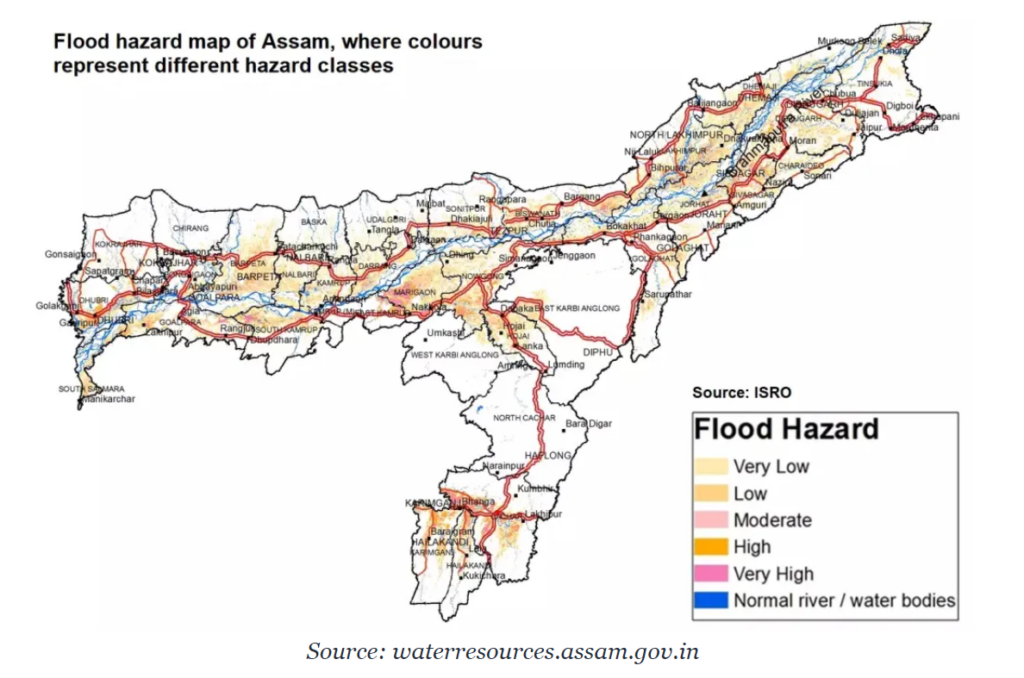6 July 2024 : Indian Express Editorial Analysis
1. Not an open and shut case
(Source: Indian Express; Section: The Ideas Page; Page: 13)
| Topic: GS2– Governance – Government policies – Interventions for development in various sectors |
| Context: |
|
Continuity in the Bharatiya Nyaya Sanhita
Retained Provisions
- Experts suggest that 80 to 90 percent of the IPC is preserved in the BNS, 2023. While the section numbers have been revised, the core content remains the same.
- Provisions related to culpable homicide, murder, assault, forgery, criminal intimidation, defamation, and rape have been retained.
- For instance, murder, which was previously under sections 300 and 302 in the IPC, is now covered under sections 101 and 103 of the BNS.
- Despite the renumbering, the essence and applicability of these laws remain unchanged, maintaining continuity in fundamental criminal law provisions.
Minimal Revisions in Key Provisions
Sedition and Negligence
- Some key provisions have seen minimal but significant changes.
- Sedition, now termed as “acts endangering sovereignty” under section 152 BNS, has an expanded definition and more severe punishment, ranging from seven years to life imprisonment, compared to the previous three years to life.
- Additionally, the BNS specifically addresses death caused by negligence of a registered medical practitioner during a medical procedure, highlighting the legislative intent to explicitly hold negligent medical practitioners accountable, a specificity not present in the former section 304A.
Community Service for Petty Theft
- The BNS introduces a progressive reform for first-time offenders convicted of petty theft, where the value of stolen property is under Rs 5,000.
- Section 303 provides for community service as a penalty, recognizing the minor nature of most thefts and offering a rehabilitative rather than purely punitive approach.
Redefining General Criminal Law
Organized Crime and Terrorist Acts
- The most dramatic change in the BNS is its approach to organized crime and terrorism.
- The BNS integrates provisions from special statutes like the Unlawful Activities Prevention Act (UAPA), 1967, and the Maharashtra Control of Organised Crime Act (MCOCA), 1999, into general criminal law.
- Section 111 of the BNS includes a comprehensive definition of organized crime, encompassing activities such as kidnapping, robbery, vehicle theft, land grabbing, contract killing, and trafficking, with punishments ranging from five years to life imprisonment.
- Lesser organized crimes, like theft and snatching, carry penalties of one to seven years imprisonment.
Procedural Safeguards and Legislative Intent
- While the UAPA and MCOCA had procedural safeguards balancing the rights of the accused and the interests of prosecution, the BNS replicates the UAPA’s definition of terrorist acts under section 113, with punishments mirroring those in the UAPA.
- The BNS mandates that a Superintendent of Police or higher decides whether to register a case under the BNS or UAPA, ensuring a high level of scrutiny.
- This integration signifies a shift towards a more unified legal framework while emphasizing the need for alignment with constitutional values, including fair trial, presumption of innocence, and procedural justice.
Conclusion: Navigating Postcolonial Law Reform
- The overhaul of India’s criminal law through the BNS, 2023, represents a significant step in postcolonial law reform.
- By retaining much of the IPC’s substance, making targeted revisions, and redefining organized crime and terrorism within a unified framework, the BNS aims to modernize and streamline the administration of criminal justice.
- However, the implementation of these reforms must ensure adherence to constitutional values and procedural fairness to achieve a balanced and just legal system.
| What are the Challenges Involved in the Criminal Justice System in India? |
|
Pendency of Cases:
Judicial Vacancies:
Slow Progress in Fastrack Courts:
Abuse of Power by Police:
Complex Mechanism:
Perceived Biases:
Violations of Human Rights in Prison:
|
| Practice Question: The Bharatiya Nyaya Sanhita (BNS), 2023, has replaced the Indian Penal Code (IPC), 1860, bringing significant changes to India’s criminal law framework. Evaluate the implications of these changes on the administration of justice and the alignment of the new legal provisions with constitutional values. (250 words/15 m) |
2. WHEN WATERS RISE
(Source: Indian Express; Section: The Editorial Page; Page: 12)
| Topic: GS3– Disaster Management |
| Context: |
|
Assam’s Vulnerability to Floods
Hydrological and Climatic Factors

- Assam’s vulnerability to floods is due to a complex combination of hydrological and climatic factors.
- The state is home to more than 120 rivers, many originating from the extreme rainfall hotspots in the hills and mountains of Arunachal Pradesh, Meghalaya, as well as in China and Bhutan.
- These rivers contribute to Assam’s perennial flood problem. Despite this well-known fact, for nearly 70 years, neither the Centre nor the Assam government has developed effective measures to control the damage caused by these rivers when they are in spate.
Ineffective Flood Control Measures
- The embankment-centered approach to flood control in Assam has repeatedly proven inadequate.
- Most of these structures date back to the 1960s and 1970s, a time when the hydrology of Assam’s rivers, including the mighty Brahmaputra, was poorly understood.
- Despite flood after flood exposing the hazards of this approach, state authorities have not made necessary corrections.
- Alternative solutions, such as utilizing indigenous knowledge to build flood-resistant houses, dredging rivers, arresting erosion, or constructing more resilient embankments, have either remained on paper or have not been adequately implemented.
Lack of Modern Warning Systems
Need for Technological Upgrades
- In 2021, a parliamentary panel urged the Centre to set up modern weather stations in the upstream catchment areas of the Northeast’s dams and install sirens to alert downstream populations of impending floods.
- Despite this recommendation, the region still lacks state-of-the-art warning systems.
- This technological gap leaves the population vulnerable to sudden and severe flood events without adequate notice to evacuate or take protective measures.
Urban Flooding in Guwahati
Ecological Degradation and Poor Drainage
- Guwahati, Assam’s largest city, is particularly susceptible to waterlogging due to its bowl-shaped lowland topography.
- Historically, the city’s marshes and water channels played a critical role in making the area habitable by managing excess water.
- However, over the past 70 years, construction projects have significantly degraded these crucial ecological features.
- Like many Indian cities, Guwahati’s drainage system is in a state of disrepair, contributing to the city’s vulnerability to flash floods from rainwater cascading from neighboring Meghalaya and surrounding hills.
Conclusion: The Need for Comprehensive Flood Management
- For at least a decade, it has been evident that both the governments of the Northeast and the Centre need to collaborate to mitigate flood-related damages effectively.
- The repeated reliance on outdated and insufficient flood control measures, coupled with a lack of modern warning systems, underscores a failure in governance.
- The people of Assam and the Northeast deserve practical and innovative governance solutions that address the root causes of flooding, rather than an administration that attributes these recurring disasters solely to geography.
| What are the adverse impacts of floods? |
|
Loss of Life:
Habitat Loss:
Deters Food Security:
Economic Loss:
Environmental Degradation:
|
| PYQ: The frequency of urban floods due to high intensity rainfall is increasing over the years. Discussing the reasons for urban floods. highlight the mechanisms for preparedness to reduce the risk during such events. (200 words/12.5m) (UPSC CSE (M) GS-3 2016) |
| Practice Question: Despite various initiatives and projects aimed at mitigating the effects of flooding, Assam continues to face severe flood-related challenges. Propose comprehensive solutions that could help mitigate the impact of floods in the region. (250 words/15 m) |




